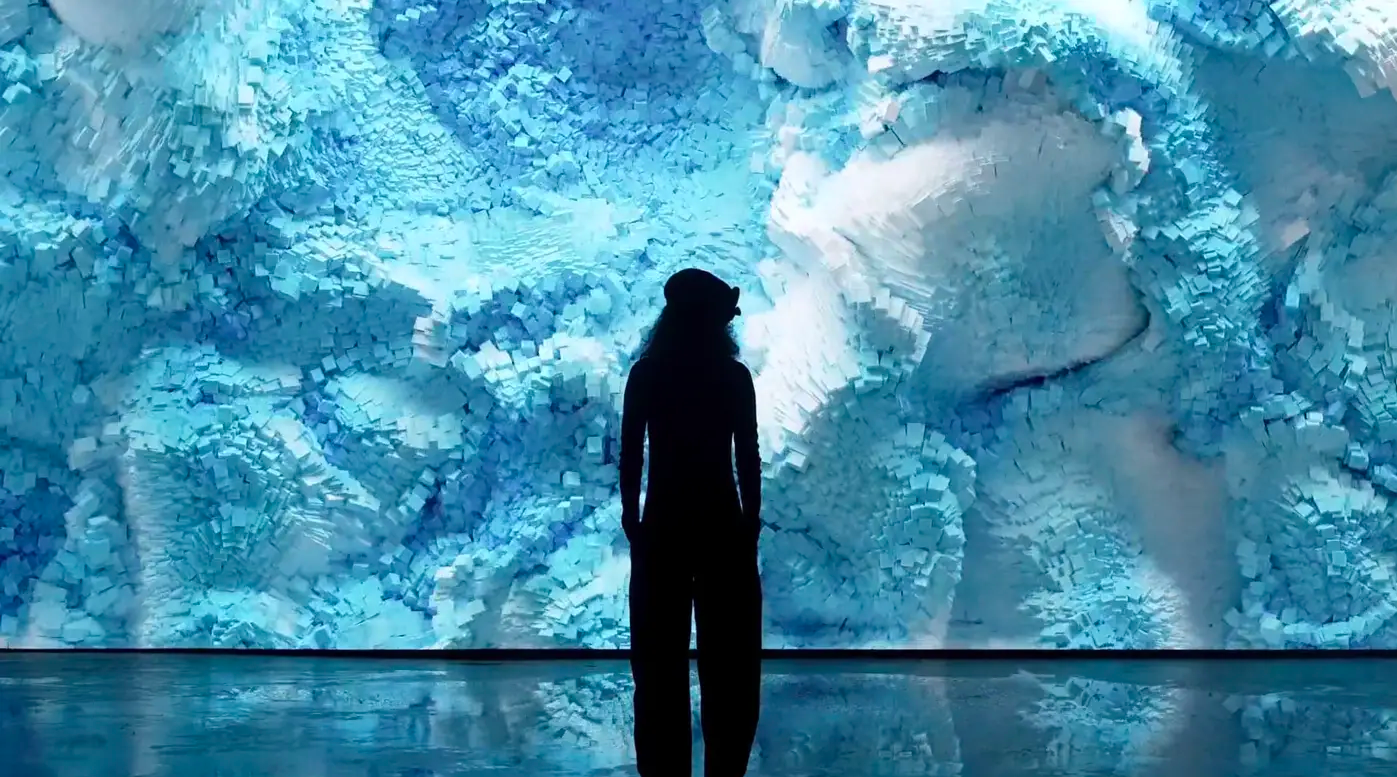There is a false dichotomy between objectivity and subjectivity among many students and employees. The division is also present among authority figures like teachers and management staff. The result is that many people feel that they have to choose between being creative or strictly technical when they are creating a project.
It is important for today’s creative and technical thinkers to understand that they can use both categories throughout their careers and hobbies. The collaboration leads to new innovations within both disciplines. New forms of art, craftsmanship, and aesthetics can be produced by the collaboration of both ideas.
In order to successfully collaborate the two disciplines, it is necessary to challenge the common thinking that it is better to demonstrate mastery within one discipline rather than being a “jack of all trades”. It can be argued that a creative thinker that develops something by using more than one medium is actually adding a layer of complexity to their creations rather than something that is just one dimensional. Creations that feature levels of complexity give art critics more to observe and analyze, and potentially develops art that has never been seen before as well as prospective jobs that could be produced by the outcome of the collaboration.
The collaboration between disciplines has a creative and economic impact. For example, in the U.S. Bureau of Labor Statistics, the U.S. federal government identifies the economic sector relative to arts and entertainment as the “Arts, Entertainment and Recreation” sector of the economy. The title suggests that collaboration between creative thinkers has a direct impact on an economic sector. This assertion is true because the department did not identify the sector in linear fashion, like having separate categories for the visual and performing arts. “Arts, Entertainment, and Recreation” represents broad economic activity, and generates billions of dollars throughout the American economy and other arts districts throughout the world. Therefore, collaboration among creative thinkers has a positive impact on the global economy.
These economic assertions are not fairly represented. Too often people within leadership that controls the ability to fund events and activities within the sector, overlook the need to allocate funding or make investments in organizations that produce creative products and services. Without these grant-making and money-allocating institutions, many organizations within the sector would not be able to execute business operations.
According to U.S. data, the sector includes a variety of disciplines. The “art” section refers to all of the disciplines within the creation, displaying and distributing of visual art products and services. The “entertainment” section is the broadest; it includes more performance-based activities like the production and releasing of music, film and television. The “recreation” portion refers to areas in which creative activities are conducted in ways that have economic impact like amusement parks, museums, arenas and other locations.
Even though the arts and technology fields have many differences between them, they both have a significant economic impact on the global economy. The collaboration between the two will spur new innovations within each discipline. For example, technical innovations could produce computer hardware and software that makes it easier for technical staff of Broadway shows to record, execute and secure light and sound cues for live theatre productions. In film, where technology has long been a major factor within the process of filmmaking, technical innovations can develop new ways for audiences to experience viewing films in 3D and introduce characters and plotlines with the purpose of making them seem more realistic or more visually captivating than it would appear with contemporary resources for film.
Creative thinkers that are interested in art and technology should be encouraged to pursue both ideas rather than sticking to one. Studying both ideas throughout education can give them tools to become emerging artists who have the creativity and tools necessary to tell the stories of today and tomorrow in the best ways possible.

